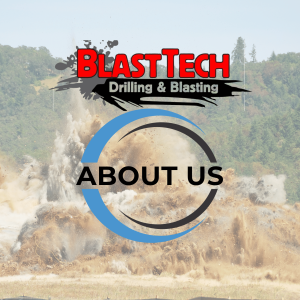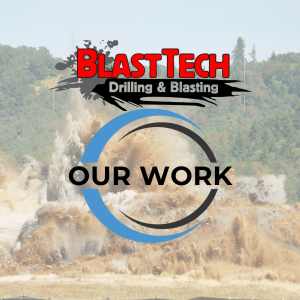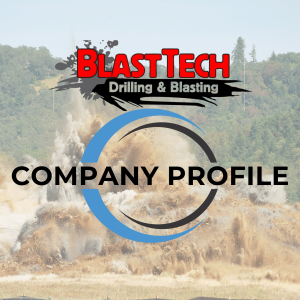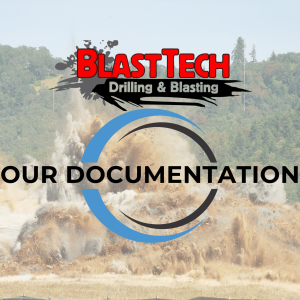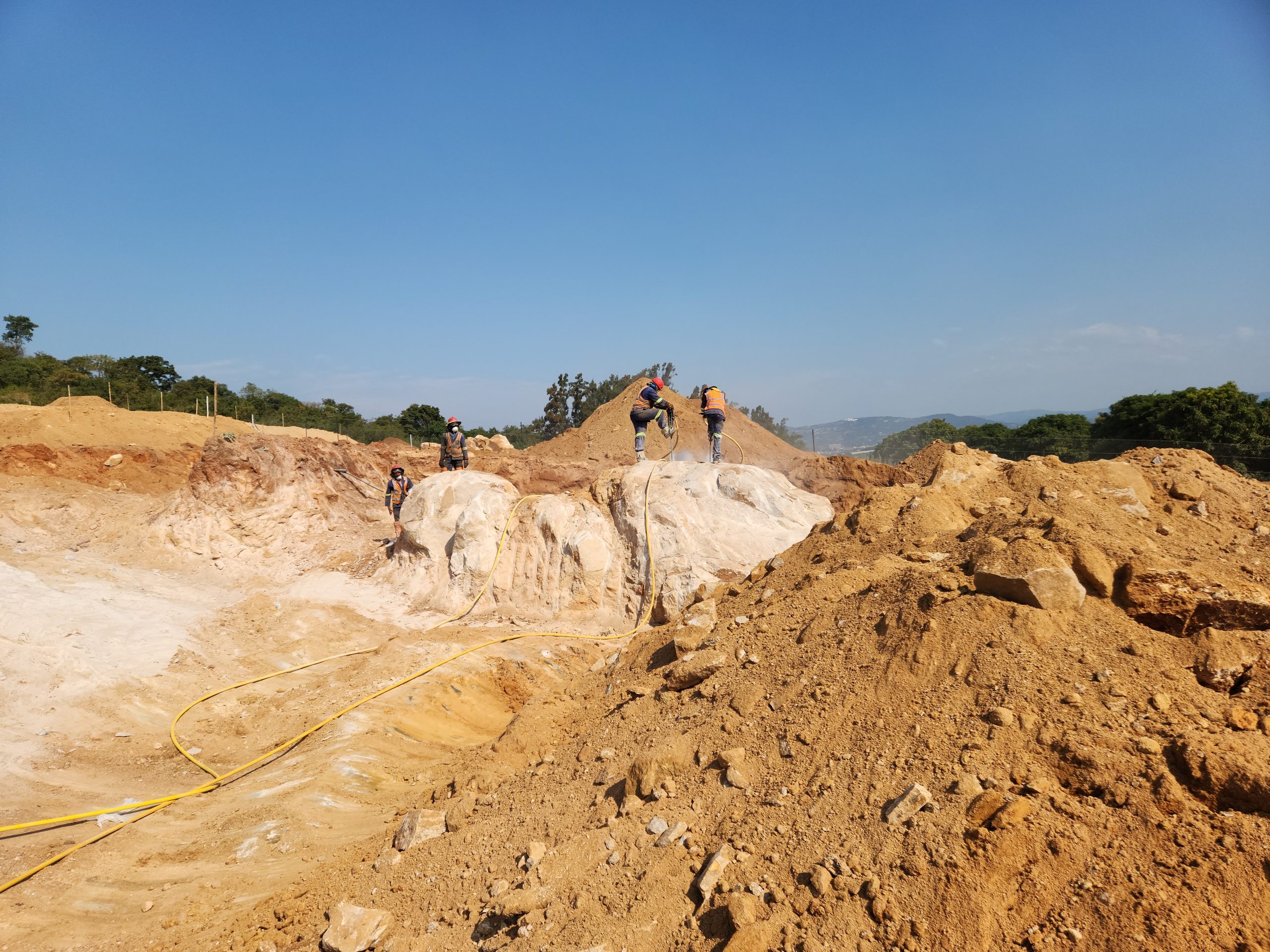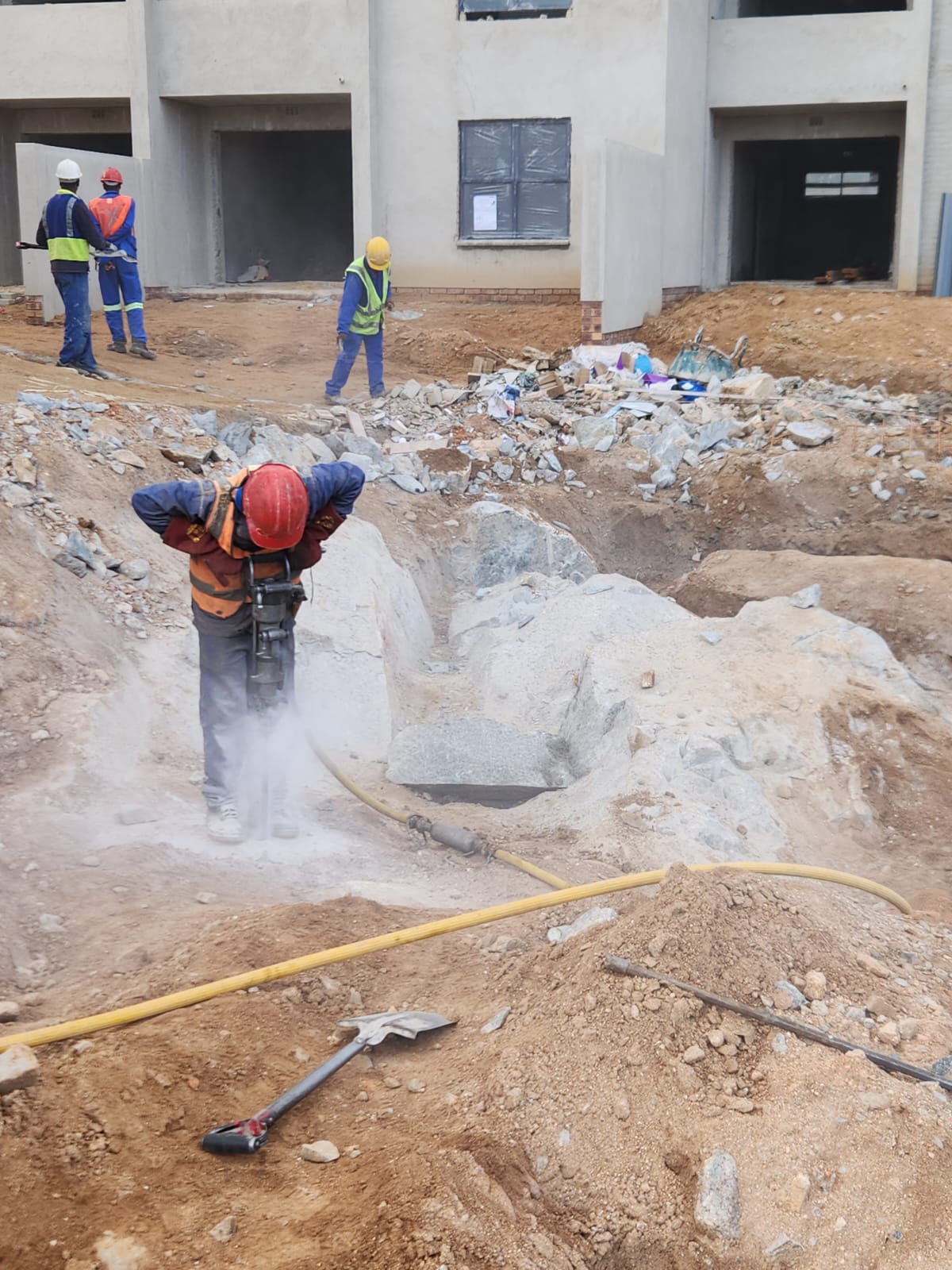
Blast Tech Drilling & Blasting | Mbombela
Our Services
Building Construction
We are your professional space makers. We’ve mastered the art of removing massive boulders.
Foundation Work
We ensures optimal surfaces for construction sites
Areas of expertise
Platforms, trenches, dams, road-works, storm-water trenches, sewer lines.
Site Management
Our Operations Manager has 20 years experience in this field, with an excellent track record.
Get a Quote For Your Project
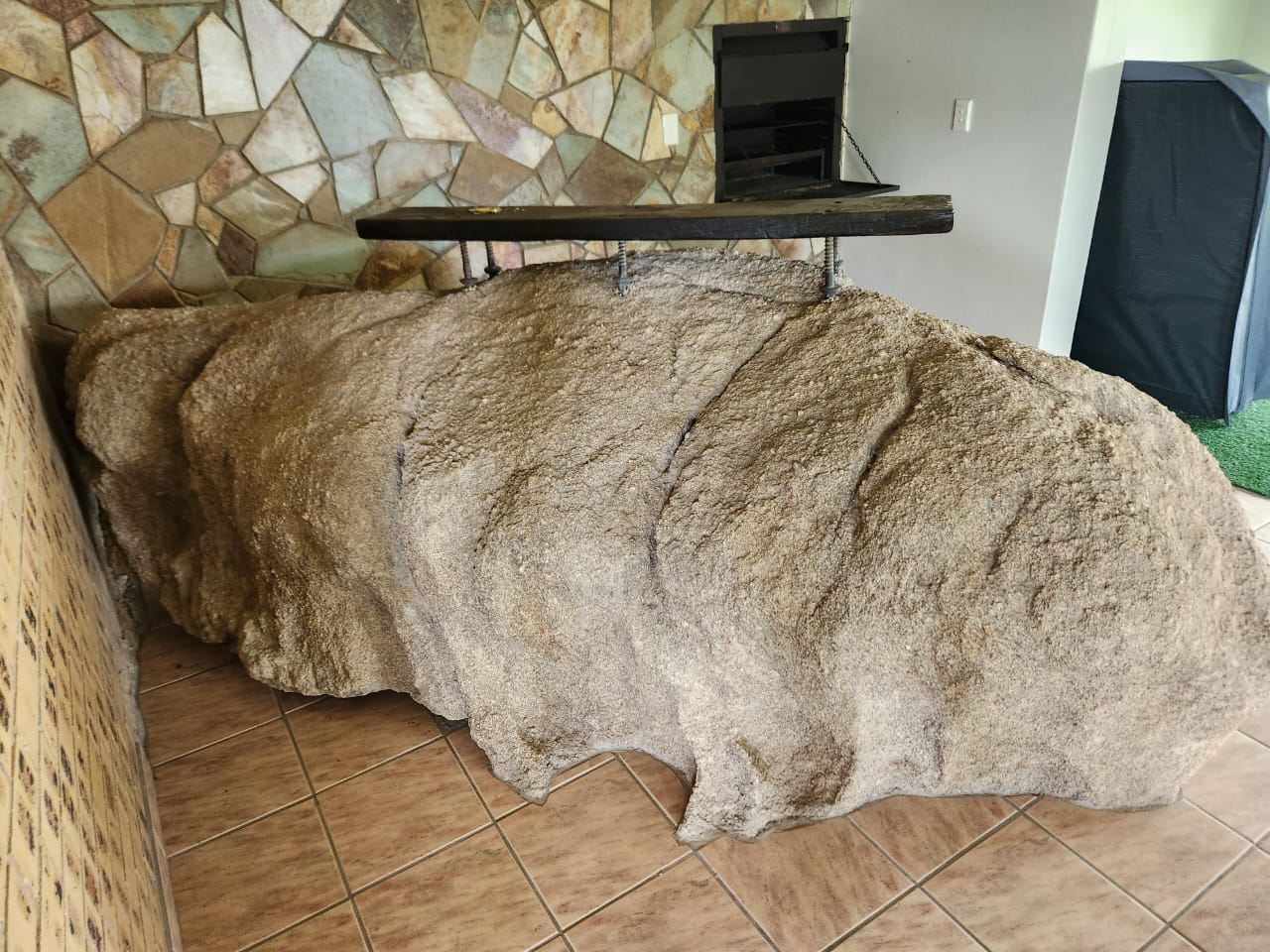
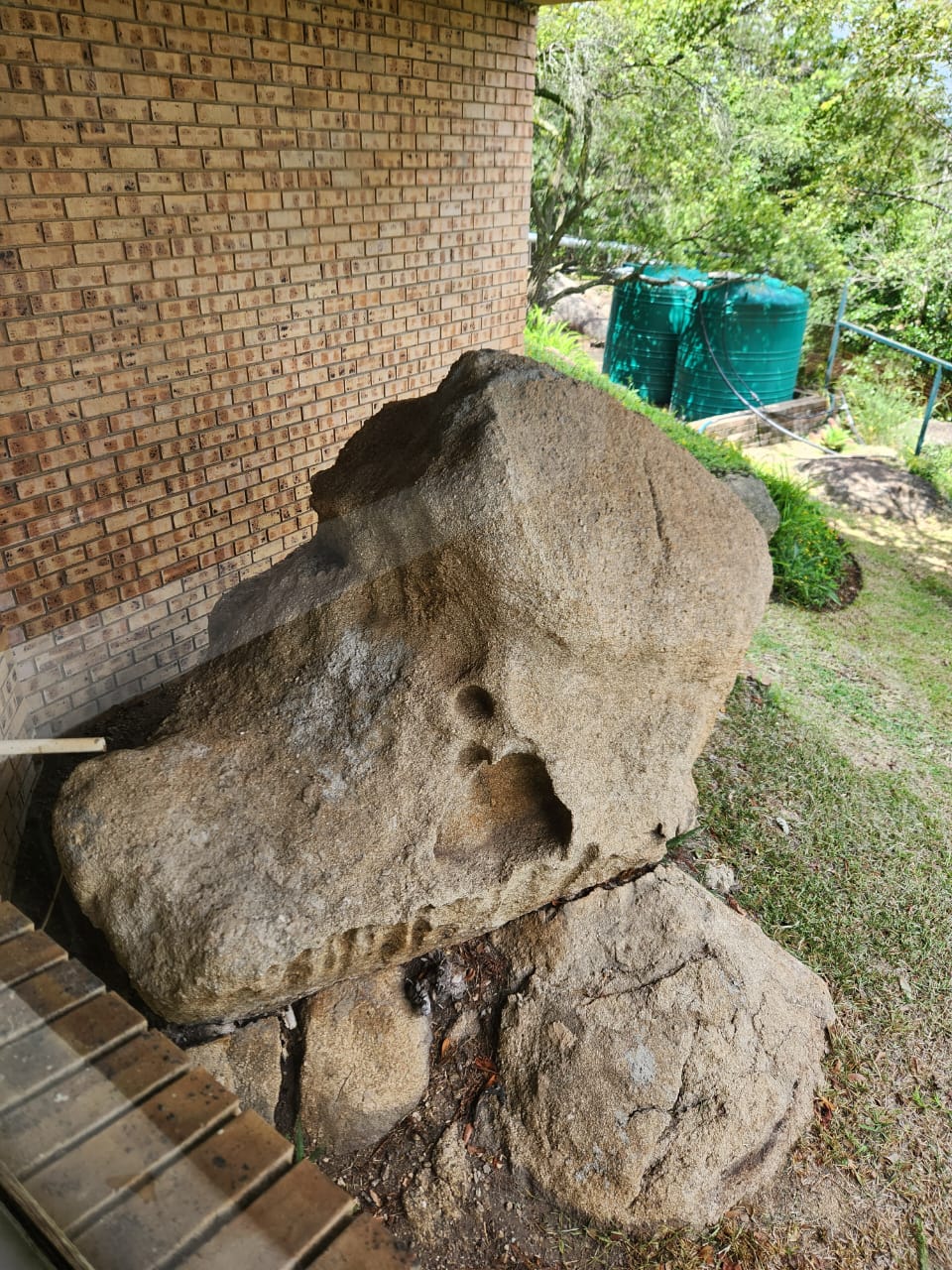

No Project Too Big Or Too Small
Transform your terrain with Blast Tech’s ground shaping expertise!
With Drilling and Blasting, Drilling and Chemical Breaking or Rock Breaking techniques, Blast Tech Drilling and Blasting is ready to redefine the contours of your construction site.
Blast Tech brings you top-tier ground reshaping solutions for homeowners, commercial properties, and industrial complexes! Say goodbye to uneven surfaces and embrace a harmonious landscape.
Whether it’s a business park, retail space, or office complex, our ground reshaping expertise ensures optimal surfaces utilization for construction sites.
Revolutionise Your Project with Blast Tech’s Chemical Breaking Expertise!
Whether you’re a homeowner, commercial property manager, or involved in industrial projects, our advanced techniques will turn obstacles into opportunities!
Elevate your pool project! Blast Tech’s chemical breaking techniques ensure precision and safety, turning hurdles into stepping stones for the perfect pool oasis.
Flawless landscapes start with overcoming obstacles. Blast Tech specialises in chemical breaking for concrete, rocks, and other property-related hurdles. Ensure a pristine environment for your commercial property with our expert services.
In the industrial realm, efficiency is key. Blast Tech’s chemical breaking techniques are tailored for industrial projects, offering controlled demolition processes for precise reshaping infrastructure.
Years experience
Completed Projects
Latest Projects
Drilling for Chemical Break
Nelspruit – Drilling for chemical breaking
Sufubi Estate
2023-05-19
Rock breaking
Sufubi estate 1
Boulder Estate
Before & After
We’ve Been Making Space for Over 20 Years
Call For a Quote:
082 455 9779
Let Us Make The Space You Need To Build Something
Property Transformation with Blast Tech’s Chemical Breaking Expertise!
What are the drilling and blasting techniques?
Drilling and blasting is a method used for rock excavation. It is a method of mining that begins with drilling holes into rock formations after careful surveying and developing a plan. The next step is to carefully charge the drilled holes with explosives. The explosives are then detonated, causing the rock formations to fracture and crumble.
Controlled blasting
Controlled blasting is a technique of blasting, which is used to reduce the amount of over break and to control ground vibrations. The different types of controlled blasting techniques are pre-splitting, smooth blasting, line drilling, perimeter blasting, and cushion blasting.
Pre-Splitting: The purpose of this technique is to reduce the impact of ground vibrations on the other side of the pre-split line.
Smooth Blasting: This technique is used mostly in underground blasting and muffle blasting as a solution to prevent fly-rock.
Line Drilling: This is the earliest controlled blasting method used for explosive activity. This method drills the perimeter of walls to the full depth of the excavation prior to blasting. This kind of drilling is not as noisy when compared with other types of drilling
Perimeter Blasting: This type of blasting is mostly used in underground excavation; the perimeter holes of the roof of headings and tunnels are drilled along the design in a parallel direction to the excavation.
Cushion Blasting: This type of blasting is applicable in surface trimming. Professional structural engineers who are preparing for their SE exam must be familiar with blasting methods and their applications.
Blasting and its Consequences?
Blasting techniques and the proportion of explosives/blasting agents used to remove all rocky outcrops exhibit the least disturbance to the surrounding environment. The outcomes of any type of blasting techniques are fragmentation, muck pile displacement, ground vibrations, and oversized fly-rock fragments. The main materials used for blasting are Nitrate mixtures, Nitro-glycerine based explosives, Mono-methyl amine or Nitro-carbo nitrate based explosives, RDX, HMX, and LOX. The byproducts of the explosive chemicals can cause environmental pollution and contamination.
Safety Steps for Drilling Operations.
- Many accidents occur when working with drilling machines. Miners work with thread drill steels, and they work very close to the drilling machine. To avoid accidents during drilling operations, proper safety steps should be taken.
- Proper training must be provided to the drilling machine operator to follow the manufacturer’s procedures when operating the drilling machine.
- Manual handling should at all costs be avoided during the drilling operation.
- Operators should not wear loose-fitting clothing when working around drills.
- The safety features of the equipment should never be ignored.
- Operators should be aware of emergency stop switches and ensure the switches are in working condition.
Occupational Safety and Health Administration (OSHA) standards require project engineers to implement safety and precautionary measures for employees and the safety of the public. Examples of the precautionary measures are:
Standard Operating Procedure (SOP) is a set of step-by-step instructions compiled by an organization to help workers carry out routine operations
Planned Task Observations enable the observer to know whether a worker is performing all aspects of a specific task the correct way. They are to be recorded in a manner sufficient for review following the observation
Risk Assessment is a systematic process of evaluating the potential risks that may be involved in a projected activity or undertaking.
Broadly speaking, a risk assessment is the combined effort of: identifying and analysing potential events that may negatively impact individuals, assets, and/or the environment; and making judgments “on the tolerability of the risk on the basis of a risk analysis” while considering influencing factors.
